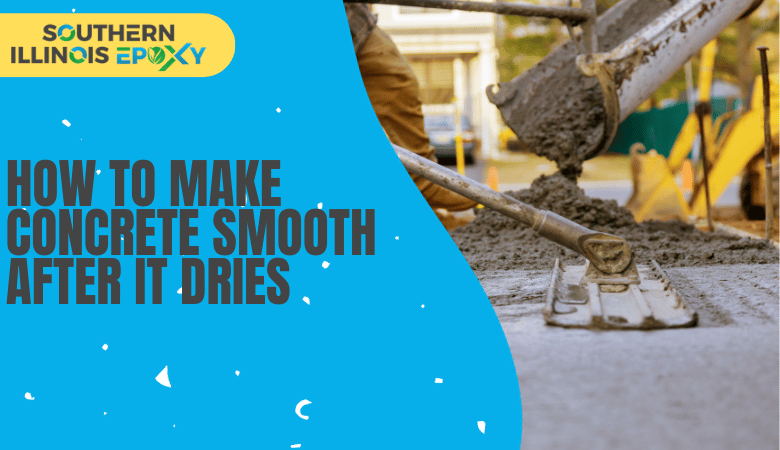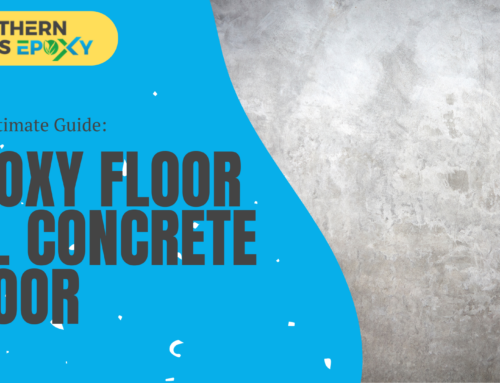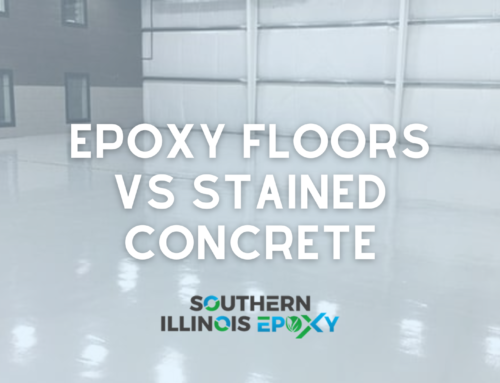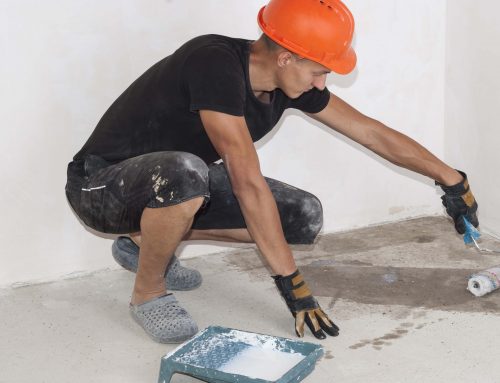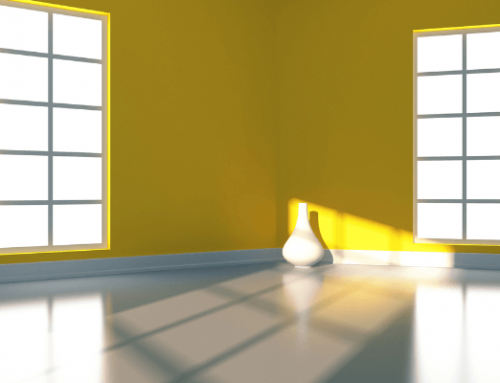Are you tired of rough, uneven concrete surfaces that leave your floors looking lackluster, your driveways feeling bumpy, or your countertops appearing less than perfect? We understand the importance of smooth concrete surfaces in various applications, such as flooring, driveways, and countertops. After all, a smooth finish not only enhances the visual appeal of your space but also contributes to the overall functionality and ease of maintenance.
However, you may have noticed that once the concrete dries, it often develops a rough texture that can be frustrating to deal with. But here’s the good news: you can learn how to make concrete smooth after it dries, and we’re here to guide you through the process.
So, whether you’re a homeowner looking to improve your living space or a contractor seeking to deliver exceptional results to your clients, this article is for you. We will show you how to make concrete smooth and shiny and how to refine an existing concrete floor. Let’s get right in.
Can You Smooth Concrete After It Dries?
The short answer is yes, it is possible to improve the surface of fully cured concrete and achieve a smoother finish. However, it’s important to note that the process is more challenging compared to working with fresh or wet concrete.
When concrete initially dries, it undergoes a curing process where it gradually hardens and solidifies. During this period, the concrete becomes less workable, making it more difficult to alter its texture. However, even though the concrete has reached its full hardness, some techniques can help enhance its surface and make it smoother.
One commonly used method is surface grinding or sanding. This technique involves using specialized tools such as a concrete grinder or a handheld power sander equipped with diamond-grit sanding pads. Through careful grinding or sanding the surface of the dried concrete, you can remove rough patches, uneven areas, or imperfections, gradually achieving a smoother texture.
Another approach is patching and filling. If there are minor cracks, holes, or divots on the concrete surface, you can use concrete patching compound or epoxy-based fillers to repair and fill these areas. By properly applying and smoothing out these materials, you can create a more even and uniform surface.
While it’s important to manage expectations, as achieving a perfectly smooth finish on fully cured concrete may be challenging, these techniques can significantly improve the overall texture and appearance. It’s important to exercise patience, use the right tools and materials, and follow proper techniques during the smoothing process.
How Long Should You Wait To Smooth Concrete?
As a general guideline, it is recommended to wait at least a few days before attempting to smooth newly poured concrete. During this initial curing period, the concrete gains some strength but may still be relatively soft and susceptible to damage.
In most cases, a minimum curing period of about seven days is advisable for residential projects. But for larger or more complex concrete structures, such as commercial buildings or infrastructure projects, a longer curing period may be necessary. It’s important to note that these timeframes are approximate and can vary depending on the specific conditions and concrete mix used.
Ambient temperature and humidity play significant roles in the curing process. Generally, warmer temperatures and higher humidity levels promote faster curing, while colder temperatures and lower humidity can slow down the process. It’s essential to consider these environmental factors when determining the appropriate time to start smoothing the concrete.
It’s worth mentioning that different concrete products may have specific curing recommendations provided by the manufacturer. These recommendations may include guidelines on the optimal curing duration and any additional steps or precautions to follow. You should carefully read and adhere to the manufacturer’s instructions to ensure the best results.
Allowing your concrete to cure properly before attempting to smooth ensures that it reaches its full strength and stability. Curing also enhances the overall durability and longevity of the concrete surface.
How to Make Concrete Smooth After It Dries: Step-by-Step Guide:
If you’re wondering how to make concrete smooth after it dries, these are some techniques you can use to achieve a smoother finish.
1. Surface Cleaning and Preparation
Before you begin any smoothing techniques, it’s essential to thoroughly clean the concrete surface by sweeping the concrete surface using a broom to remove loose debris and dirt.
For heavily soiled surfaces, use a vacuum or a pressure washer following the manufacturer’s instructions. Avoid using excessive pressure that could damage the concrete.
This step ensures that no dirt, debris, or loose materials interfere with the smoothing process.
2. Surface Grinding or Sanding
Surface grinding or sanding is a common method for achieving a smoother concrete surface. Here’s what you need to do:
- Use a concrete grinder or a handheld power sander equipped with diamond-grit sanding pads.
- Work in small sections, starting from one corner of the concrete surface. Apply consistent pressure and move the tool back and forth, overlapping each pass slightly.
- Keep the grinder or sander level and avoid applying excessive pressure to ensure even results. Periodically check the smoothness of the surface and make any necessary adjustments.
- Continue grinding or sanding until you achieve the desired level of smoothness and remove any rough patches or imperfections.
3. Patching and Filling
To tackle minor imperfections or cracks in the concrete surface, you can use concrete patching compound or epoxy-based fillers.
All you need to do is prepare the patching compound or epoxy-based filler according to the manufacturer’s instructions, ensuring the appropriate consistency. Then, apply the patching compound or filler to the damaged areas using a putty knife or trowel. Smooth it out evenly, filling any cracks, holes, or divots.
Always remember to follow the manufacturer’s instructions for drying and curing times. During the drying process, periodically check and smooth the patching compound or filler to achieve a seamless finish.
Once the patching compound or filler has fully cured, you can lightly sand the patched areas to further blend them with the surrounding surface and achieve a uniform appearance.
Get The Best Service At Southern Illinois Epoxy
Achieving a smooth concrete surface after it dries requires proper preparation, patience during the curing process, and adherence to manufacturer recommendations.
If you’re thinking of how to smooth a rough concrete slab, or how to fix a rough concrete floor, it’s necessary to invest time in cleaning the surface, repairing any cracks or damage, and selecting the appropriate products and techniques.
Always remember that the curing process is essential for the concrete to reach its full strength and durability, so allow sufficient time for it to dry and cure properly.
If you’re uncertain about the best approach for your specific concrete project, please don’t hesitate to reach out to us at Southern Illinois Epoxy for consultation. We will provide you with some valuable guidance and ensure you get the desired smoothness and quality for your concrete surface.


